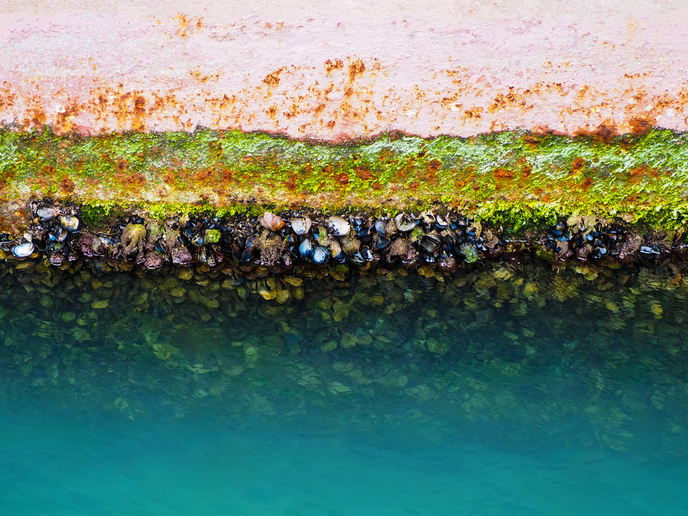EU research cuts the ice to increase Arctic sea safety
Ship collision, with an iceberg or an accompanying icebreaker, foundering or sinking of ships and running aground in severe ice conditions continue to be all too perilous for Arctic seafaring vessels. “The SEDNA initiative was a multidisciplinary project aimed at advancing safety in the Arctic, especially around aspects related to navigation,” says Gary Randall, project coordinator and principal consultant at the BMT Group, the coordinating company.
Safety measures for Arctic voyages
Paramount in the quest for safety in Arctic navigation is voyage planning and an understanding of ice conditions. The SEDNA project has developed several themes in parallel to achieve this while maintaining the integrity of the Arctic’s fragile ecosystem. The researchers have developed the ‘Safe Arctic Bridge’ – an evidence-based, user-tested design framework to reliably support safer traffic movements in the Arctic. “Our ideas were embedded in virtual and augmented reality and include new map overlays, colour palettes, iconography and new collaborative tools,” notes Randall. A customised Arctic voyage planning tool has been combined with an existing vessel management and monitoring system sold by consortium member GreenSteam. While still at the prototype stage, for the first time, customers can see weather, ice, route and ship-specific operational parameters all in one interface and can easily plan new or alternative routes.
Nature provides some anti-icing engineering solutions
The research group at University College London have also addressed cutting icing from ships by taking three approaches. Ice loads on a ship’s hull affect the hull structure’s safety and the ship’s manoeuvring performance in ice-covered regions. To deal with this, the team has developed smart and multifunctional coatings with integrated anti-icing/de-icing capabilities. Passive anti-icing occurs by virtue of their micro/nanoscale surface roughness causing superhydrophobic behaviour. As Randall explains: “Basically, ice finds it hard to 'stick' or even form on the surface.” Nature-inspired principles lie behind biosurfaces that mimic duck/penguin feathers or rose and lotus leaves that all use air pockets to help prevent water adhesion due to the shape of the underlying surface. The last prong of ice formation defence is electrothermal. As the name suggests, electricity is used to thermally remove ice build-up on a surface. Researchers did more lab testing in the large ice testing tanks at Aalto University in Finland when a problem arose with field testing due to COVID-19.
Helping to preserve an already battered environment
A new CEN workshop agreement on the bunkering of methanol in the Arctic has also been drawn up. SEDNA has put forward technical provisions, operating protocols and an assessment of relative safety risks for three methanol bunkering concepts: Truck to Ship, Shore to Ship and Ship to Ship. A large group of stakeholders from along the methanol production, distribution, regulation and usage chain agreed on wording to support methanol’s safe use on ships. “Methanol is an important low-carbon, non-polluting, possible fuel of the future,” remarks Randall. For Randall, the most promising channels for future work are the combined ship and route management software sold by GreenSteam, along with the next developments of the Safe Arctic Bridge. “This human-centred operational environment for the ice-going ship bridge has attracted much interest, and SEDNA partners will work in 2021 and 2022 with Microsoft and major bridge developers, such as Kongsberg, to pursue new prototypes,” he concludes.
Keywords
SEDNA, ship, Arctic, ice, methanol, Safe Arctic Bridge







